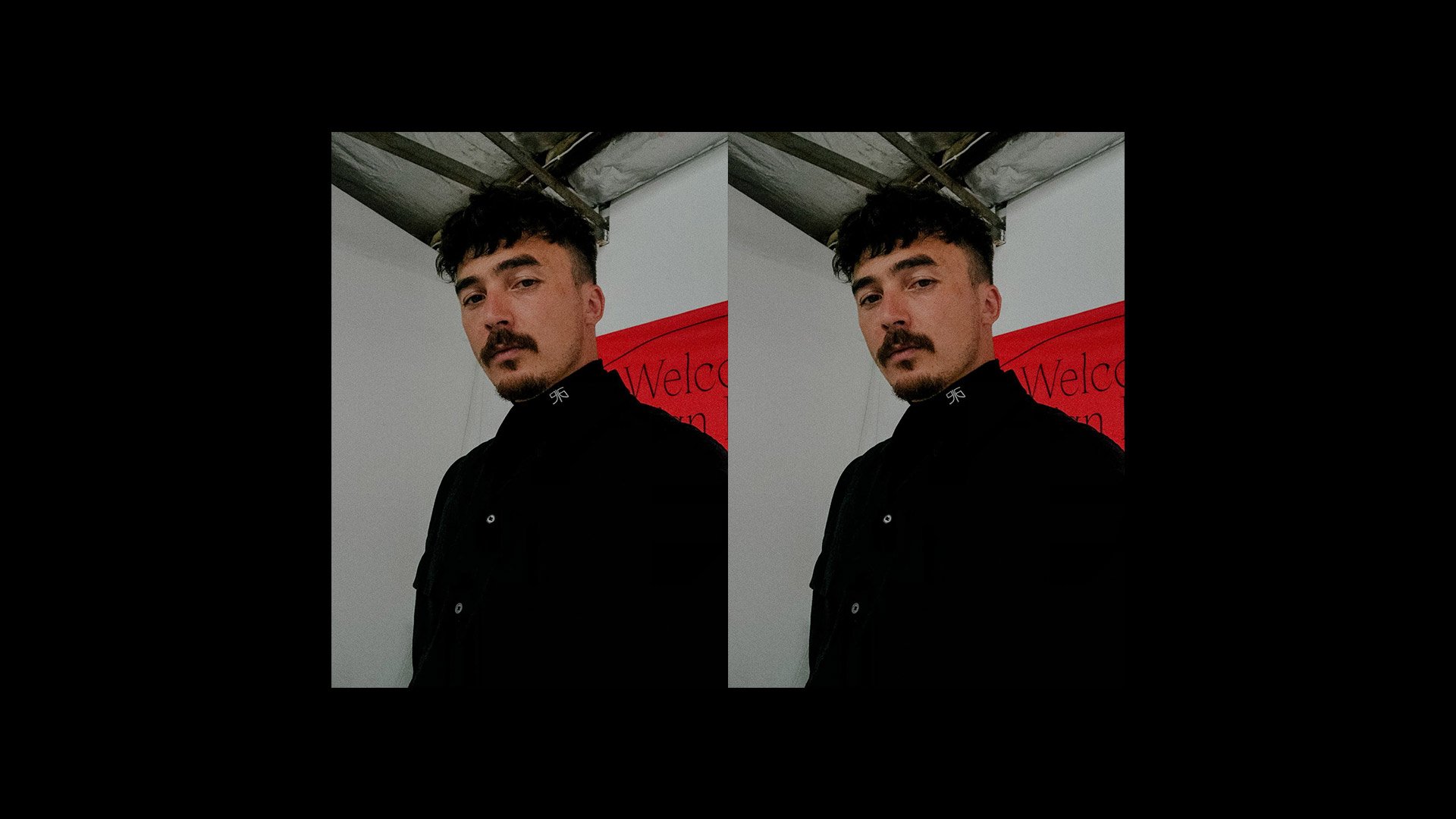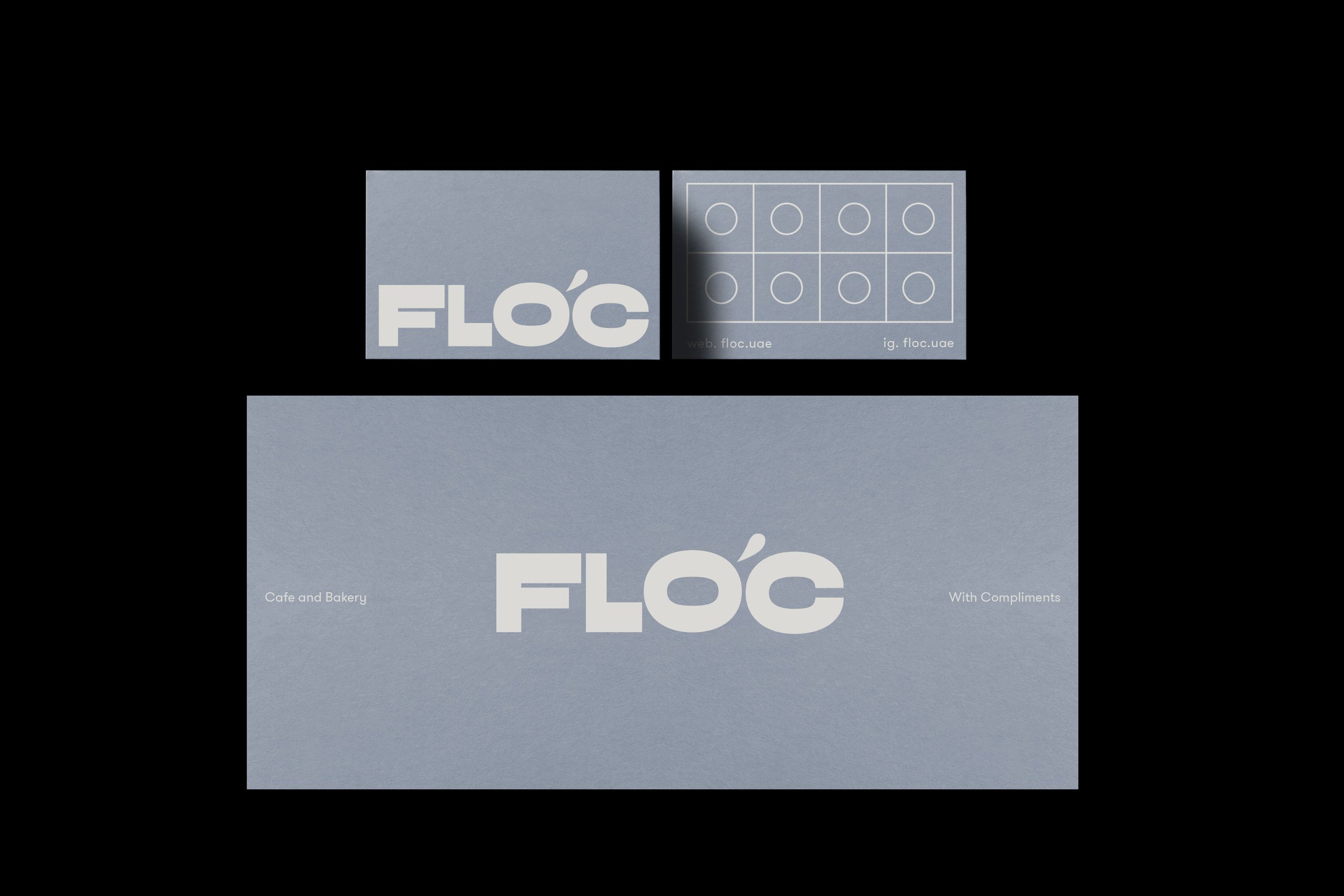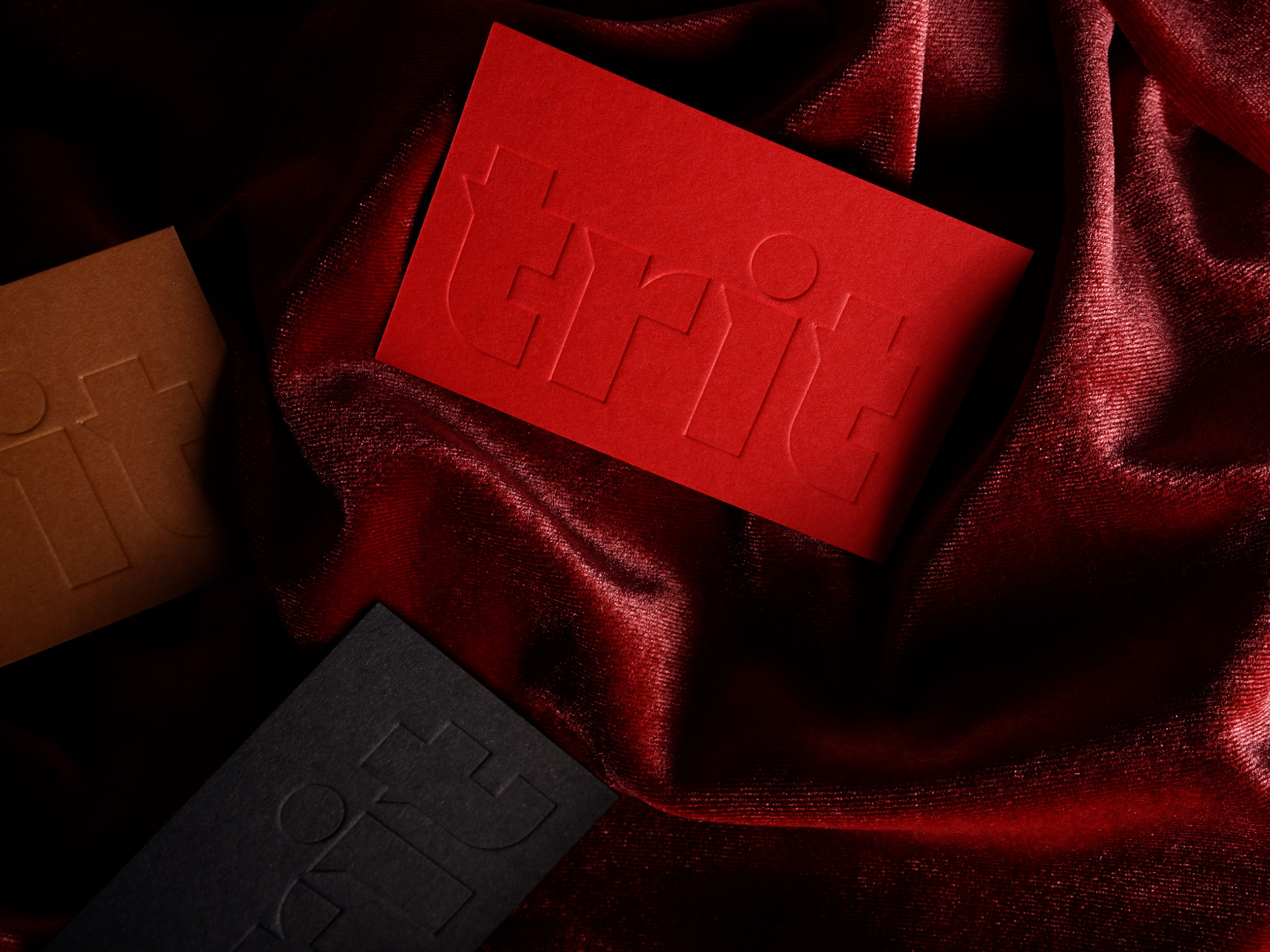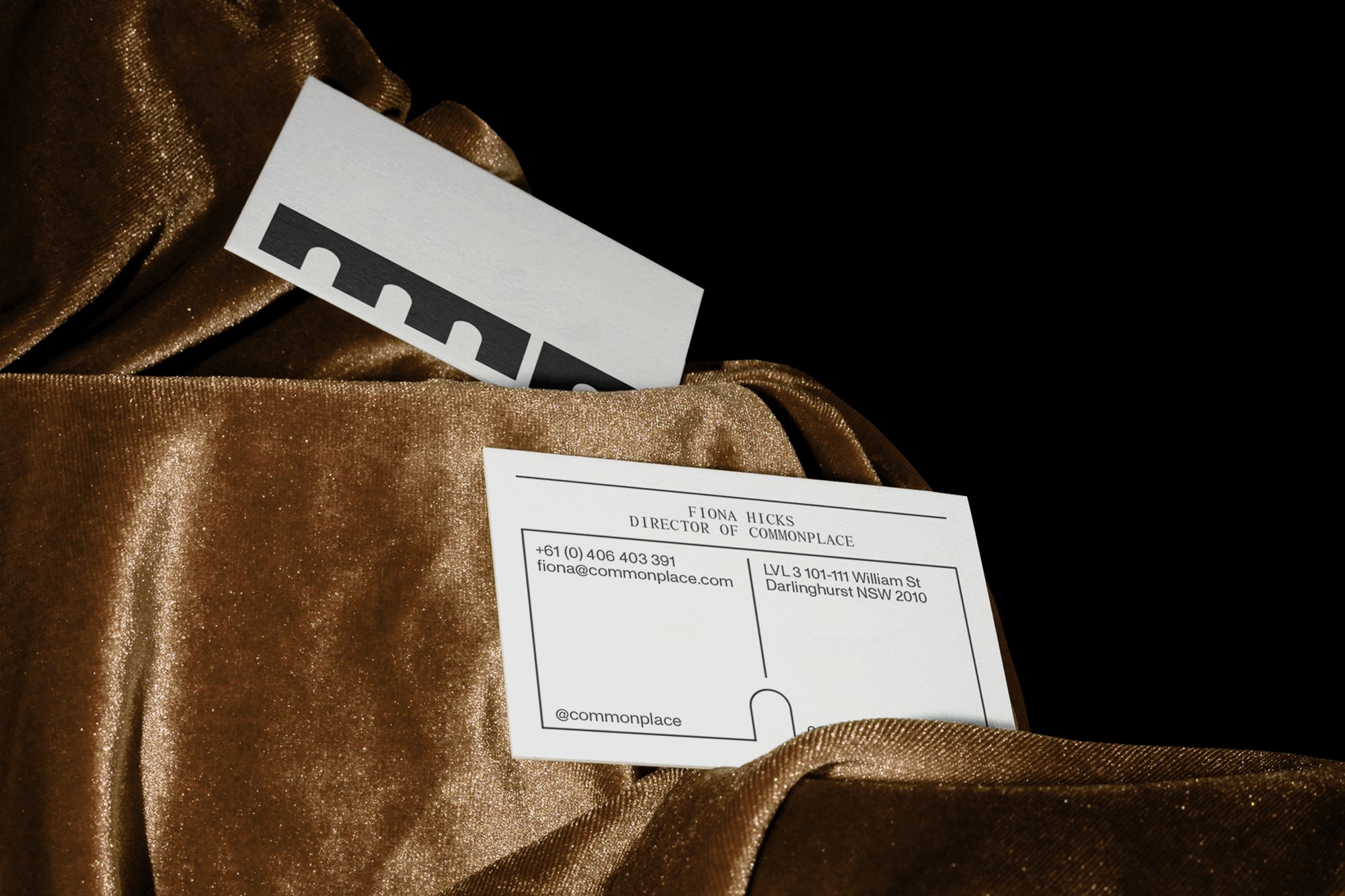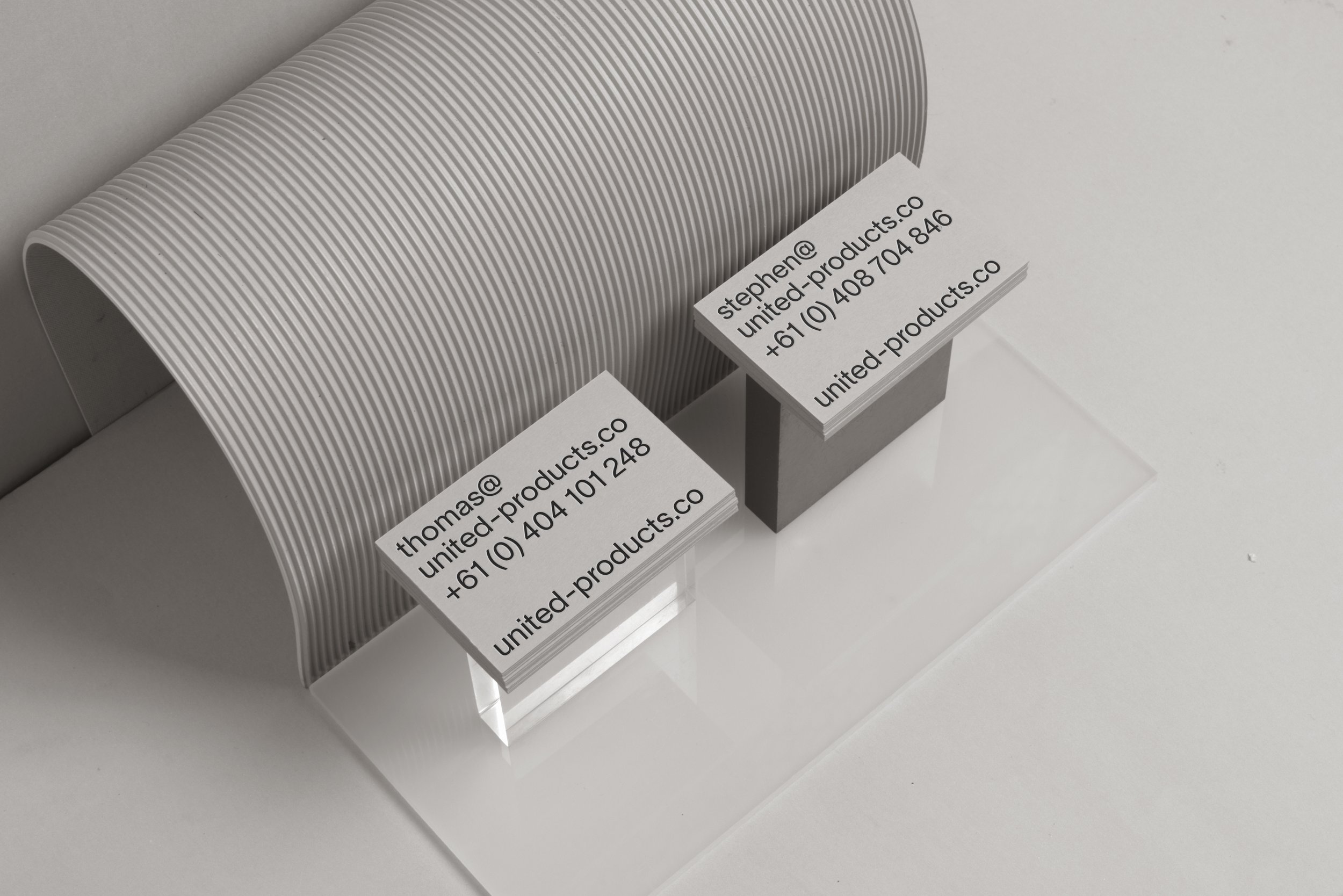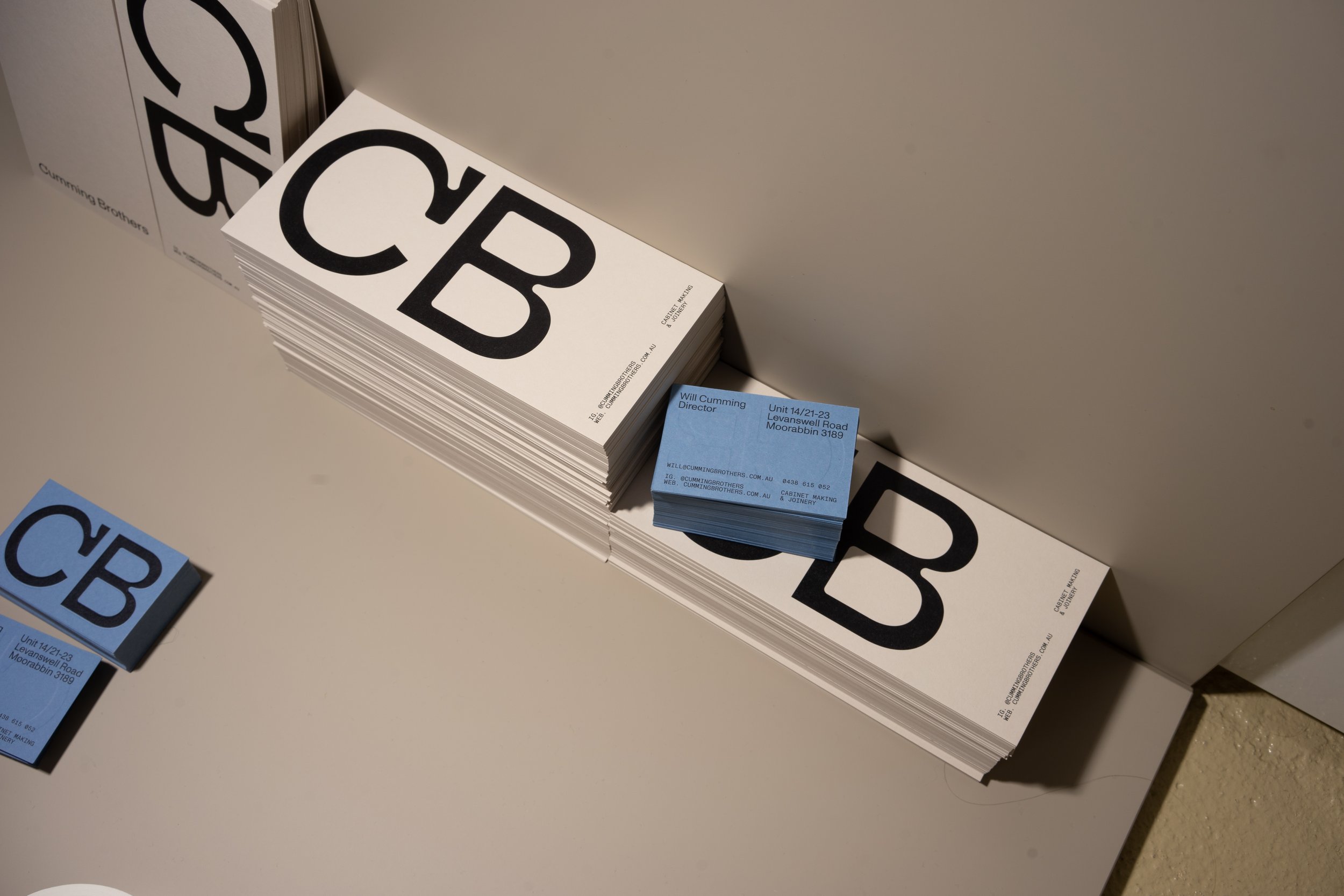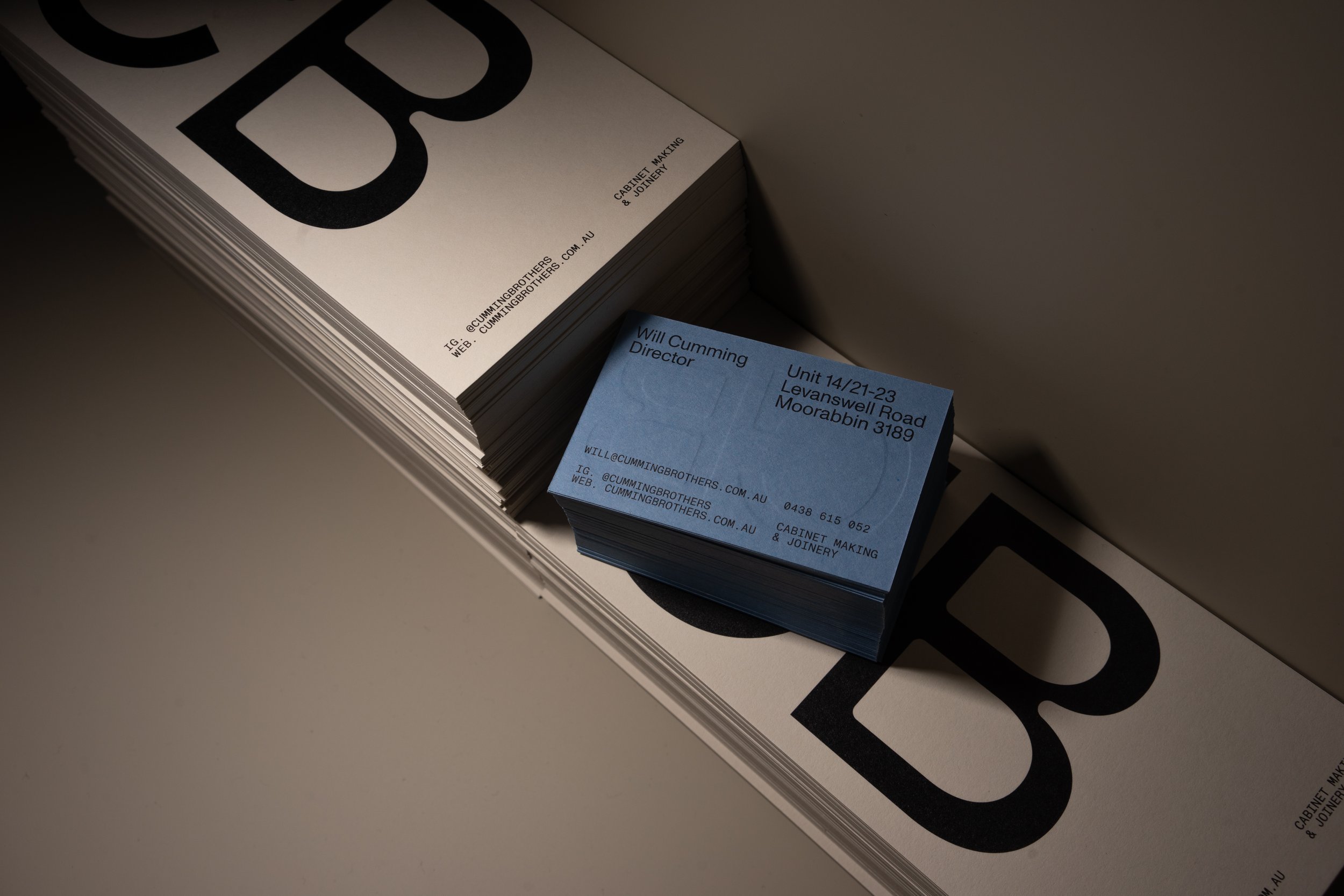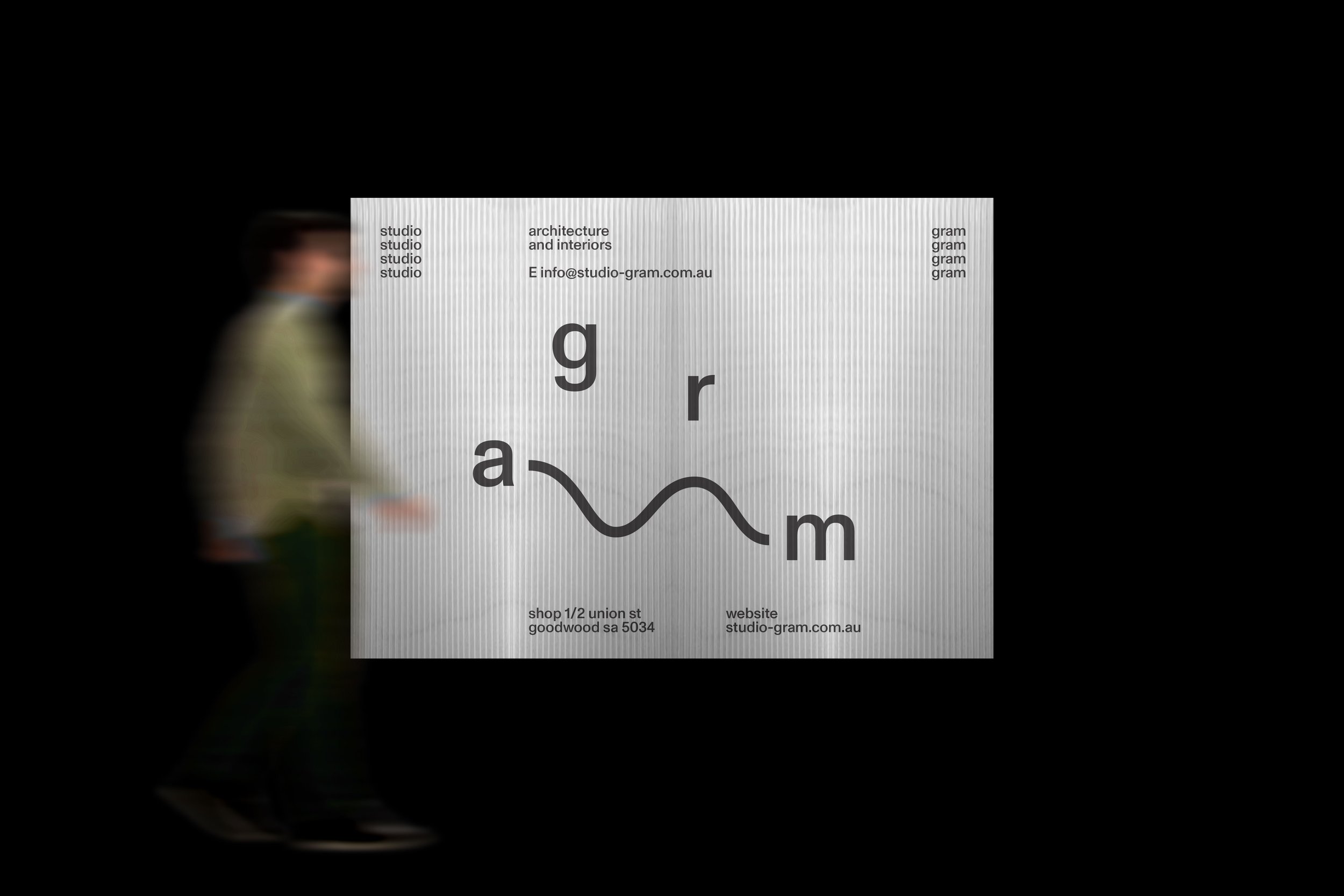PM—Thanks so much for chatting with me today. Nice to finally meet you.
SP—For sure, nice to also meet you Damien after social following each other for a while now.
PM—I’ve been a huge fan of your work for some time now and have always been intrigued to learn more about your studio. So how did Studio SPGD come about, and who’s in the team?
SP—The idea came about while still at uni. I decided I would go work for a couple of years out of uni and then try to start it on my own. I was lucky enough to win the AGDA student portfolio of the year award, which actually helped me get a couple of clients. From here, I never really looked back. I’m not saying it was financially viable, but mentally I was in a good place and still up for the challenge.
The team consists of myself, Mara Tonetti (graphic designer and client talker) Mick Kamarga (Web Developer) also have to mention Ned Shannon and Paul Sin (graphic designers). They have always been a massive part of our small studio.
PM—What was the background to setting up the studio?
SP—It came about really out of a long desire to have my own studio, my own ideas, my own process. This manifested while I was still in university (long time ago now). I think part of it stemmed from being quite reserved and having never been the most comfortable in a workplace environment. The whole idea of turning your brain on at 9am and turning it off at 5pm never really felt like how I’d like to work, so I thought that having my own space would help with this and allow me to work in my own rhythm.
PM—Yeah it’s pretty hard to switch on the creative switch at the same time every day. How did you feel at the time? Did you have any concerns?
SP—Yeh, for sure, will it work or will it fail, will I have to submit and go work for somebody, will I have to drive an Uber to top up my account, will we get a client soon. This never really goes away, and it’s been eight years now.
